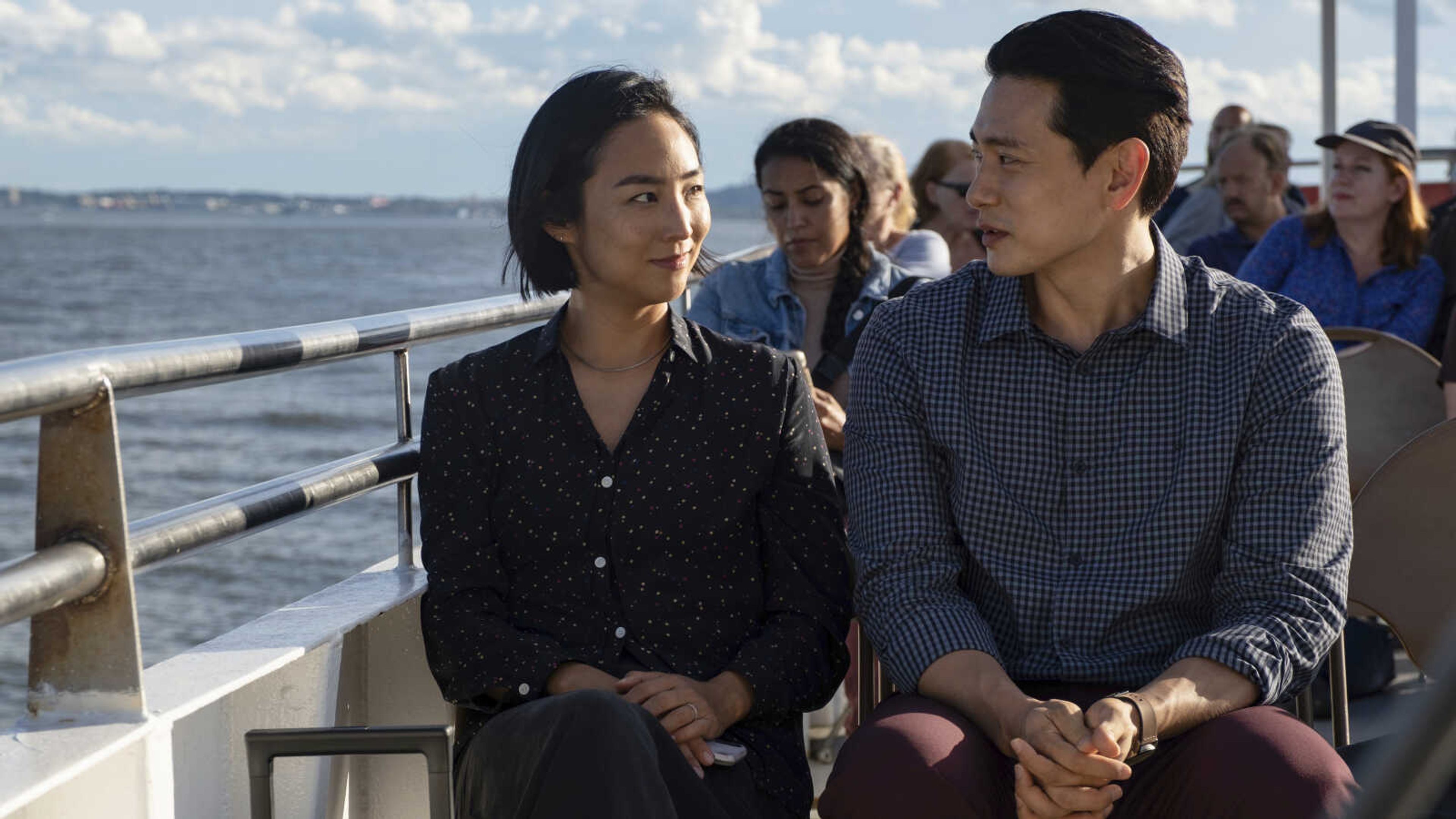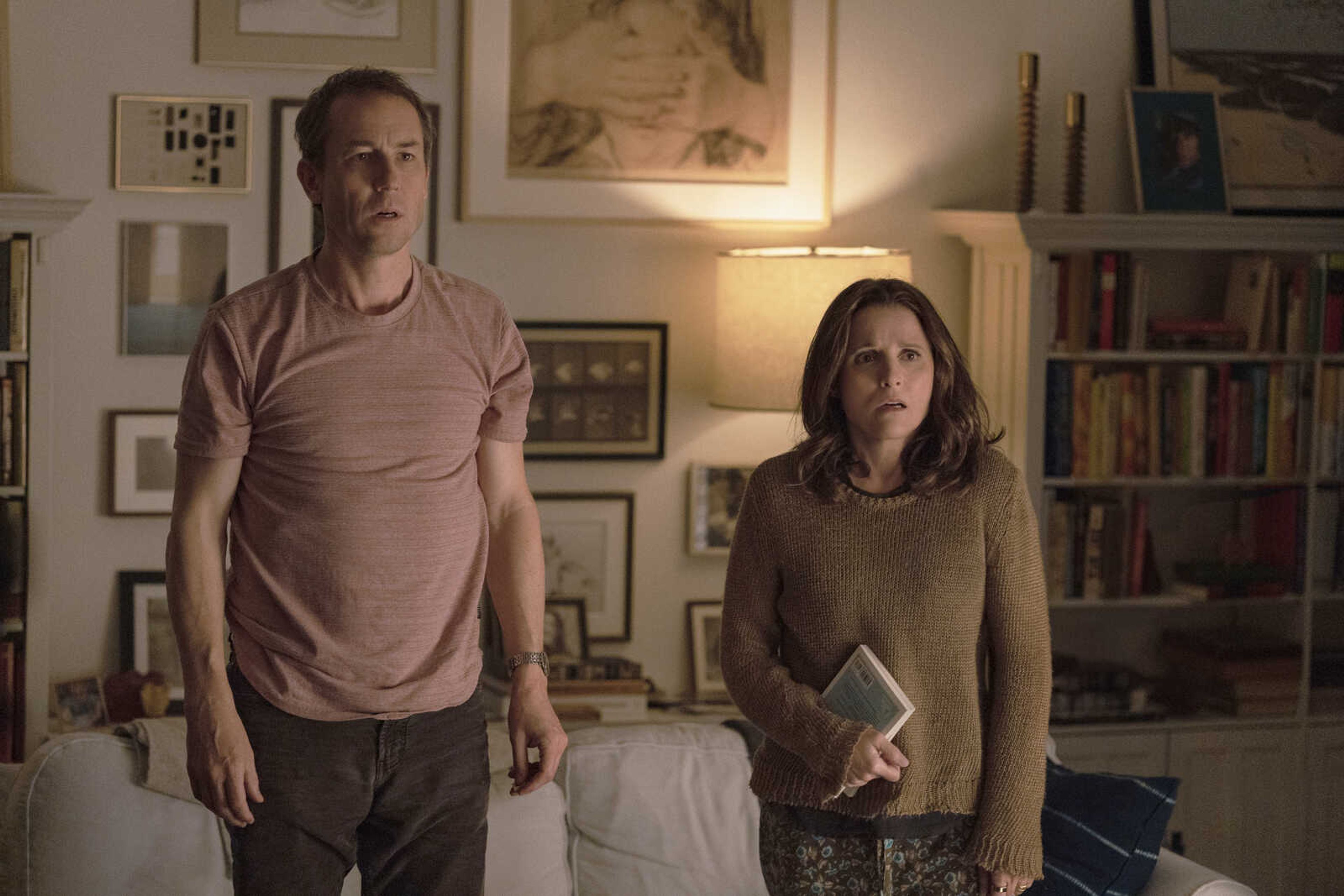Daytripper
This week's trip: Wickliffe Mounds, Kentucky About 1200 years ago, several groups of pre-historic peoples inhabited the lower Mississippi Valley. Ancestors of modern Native Americans, they have come to be called the "Mound Builders." Known for the large plateaus of earth they created, the Mound Builders formed towns, which became centers of daily living, trade and religious ceremony. ...
This week's trip: Wickliffe Mounds, Kentucky
About 1200 years ago, several groups of pre-historic peoples inhabited the lower Mississippi Valley. Ancestors of modern Native Americans, they have come to be called the "Mound Builders."
Known for the large plateaus of earth they created, the Mound Builders formed towns, which became centers of daily living, trade and religious ceremony. Today, remnants of these towns and the people that lived in them are still being studied to tell the stories of a period lost in time. On a recent day trip, I visited one of our area's most famous mound sites- Kentucky's Wickliffe Mounds.
The location of the Wickliffe village provided rich and fertile soil for farming and an elevation high enough to escape the occasional river flood. Like most known mound villages, Wickliffe Mounds consisted of several large mounds built around a central plaza area.
Today, Wickliffe Mounds is a historical landmark, a museum and a center for research. Maintained by Murray State University, the site includes three buildings that cover the excavated mounds. Each building contains artifacts, explanations and interpretations of the people who once inhabited the village.
The first building, the Lifeways Building, gives a glimpse of what daily life may have been like. Arranged along the dry dirt floor are artifacts ranging from grinding stones to animal remains. The large array of pottery not only shows advanced systems of storage and cooking, but also demands respect for the artistic hands that created it.
As the first building gives a look at life, the second building opens the mysteries of death. The Cemetery Building shows the enormous attention to ceremony that was taken by the Mound Builders. Ten burials have been replicated in their original positions (the actual human remains were removed for study and reburial). An audio box located in the building provides a soundtrack of Native American voices offering several views about the mound burials.
The last building on the site is the Architecture Building. Excavations show that a family, probably that of the chief, lived on top of this mound. Exposed on the floor is the posthole pattern of the house originally built there. To show visitors the technique used in building; a corner of the house has been reconstructed.
Along with the three buildings that cover the excavated mounds, the site also features the large Ceremonial Mound, two short hiking trails, and a small museum. The $4 admission fee for the site goes towards the maintenance of the museum. Upon arrival, visitors are invited to watch a short video, which explains in detail the origins of the Mound Builders. The site's staff is very friendly and very willing to answer any questions one may have. Wickliffe Mounds is definitely an educational experience. A person could easily spend an entire afternoon exploring the exhibits and the grounds.
A day trip to Wickliffe Mounds not only provides you a visit to a time before recorded history, but also provides a walk on sacred earth, that has been uncovered for the modern world to see.
DAY TRIP DIRECTIONS:
1) Cross Mississippi River Bridge at Cape Girardeau and follow Route 146 to Route 3.
2) Turn right on Route 3 and follow for 17 miles.
3) Turn right, continuing on Route 3 (south).
4) Follow Route 3 for another 12 miles (Route 3 will turn into Highway 51 at Cairo, IL).
5) At stoplight, turn left - cross Ohio River Bridge.
6) Continue five miles and watch for the sign on the left.
Total distance from Cape Girardeau to Wickliffe Mounds: 40 miles
Connect with the Southeast Missourian Newsroom:
For corrections to this story or other insights for the editor, click here. To submit a letter to the editor, click here. To learn about the Southeast Missourian’s AI Policy, click here.








